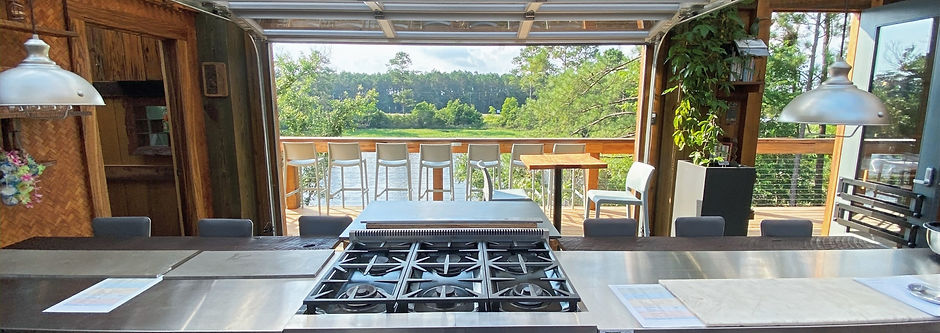Deep Pipe Irrigation – A Better Way To Plant & Water Trees In Heavy Clay Soil
- Ernest Foundas
- Jun 12
- 3 min read

Deep Irrigation For Clay Soil Is A Great Watering Method To Irrigate Trees
Much of the ground in the Gulf Coast area consists largely of heavy clay with some sandy soil. While we may dream of light fluffy loamy soil, clay does have its benefits. It holds tons of nutrients, provides stability so trees can withstand storms, and it resists changes in PH. However, if you dig a hole in heavy clay soil and fill it with nice fluffy compost rich soil, you create a soup bowl rich in nutrients with no way to drain. This creates the perfect environment for lazy roots and ultimately root rot. In other words, the rich availability of nutrients prevent the roots from growing and reaching for food further from the tree, and outside of the “bowl.” Then, as moisture accumulates in the “bowl,” the roots start to rot. Once the nutrients in the “bowl” are used up, the tree is left stunted with no roots reaching into the native soil – and you wonder why the tree is not growing. The key is to deliver water in a manner that does not create a root-rot environment.
At the SG Tiki Farm, we have learned this through years of effort, including lots of failure along the way. We began by digging holes and filling them with a beautiful mixture of compost, native clay and garden soil. Internet research said mixing clay with lots of compost was the way to go. However, at that time, we didn’t realize that this technique only works if you do it to ALL of your land. So, unless you want to bulldoze your entire property and mix it with compost and other amendments, it is best to stop digging “bowls” in your clay! This was the first step in our process of learning about deep pipe irrigation.
Mounding Trees and Shrubs With Mulch Helps But Promotes Shallow Root Systems
After visiting and learning from various experienced arborists, we started planting trees on mounds with surface-based drip irrigation and a nice layer of mulch. This seemed to work better, but the trees still petered out after an initial growth period. The problem we didn't anticipate was evaporation – even with a deep layer of mulch. We then realized there is an additional issue created by mound planting – water penetration. When you water a mound, most of the water sheds off the surface with shallow saturation. That brings us to the concept of “unintended consequences” – where you may solve one problem, but create another issue! Simple mound planting of trees causes issues for water penetration, which encourages the tree roots to grow shallow and not penetrate deep to access moisture in the water table. Thus, the tree becomes fully dependent on shallow watering and once again becomes stunted.
Goal - Get As Much Deep Water As Possible To Promote Plant Growth
This is where Deep Pipe Irrigation comes in. Our current method of planting trees includes the use of a PVC pipe with holes drilled in it so water can be delivered to the bottom of the mound. This has several benefits – first, you don’t need to use as much water, because the water delivered deep into the mound does not evaporate. Second, the roots of your tree work their way down through the mound, and into the native soil below encouraging deep root growth, because the water penetrates down from the pipe into the native soil.
We also decided to get fancy with our pipe design. Instead of simply inserting a straight pipe into the mound, we decided to make “L” shaped right-angle pipes with holes drilled along the bottom pipe running under the entire bottom of the mound. This spreads the water all across the bottom of the mound so the roots don’t just run to one side where the straight pipe would be located. Some of the L pipes we are using are 6 or even 8 feet long when used in large mounds and tree guilds.
In the pictures, you will also notice that we have VERY DOMINANT runner and torpedo grass, which completely dominates everything. So, to give the new tree a chance to get established without runner pressure, we dig the grass sod out and edge with a 6 inch plastic barrier. However we don't dig a hole so we don't end up with a bowl. The removal of sod as you see here does create a bit of an indentation that collects some water, but the amount collected allows for deep watering without making a deep bowl.
While we have only been planting with this technique for one season, the results so far are AMAZINGLY encouraging! Stay tuned for updates on the results and our additional research on organic-based gardening research at the SG Tiki Farm!!!




_edited.jpg)







